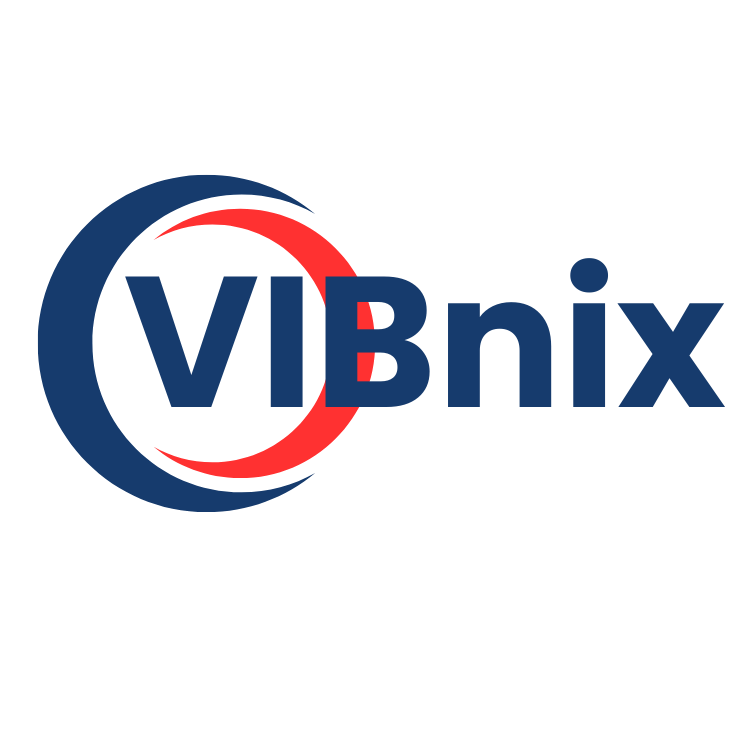Bot Services Market Size, Share, Growth, 2035

Market Overview
The global bot services market is undergoing rapid transformation, driven by the increasing need for efficient customer service and operational automation. With businesses striving to provide real-time engagement, bot services have emerged as crucial digital tools that streamline interactions, reduce costs, and enhance user experience. Chatbots and virtual assistants, powered by artificial intelligence (AI) and natural language processing (NLP), are being deployed across multiple industries such as e-commerce, banking, healthcare, and telecommunications. As companies continue to digitize operations, the adoption of bot services is expected to expand significantly in the coming years.
Bot services serve a wide range of functions, from answering frequently asked questions and assisting with transactions to offering personalized recommendations. Enterprises are leveraging these services to ensure 24/7 customer support, decrease response time, and reduce the burden on human agents. The increasing preference for digital interaction over traditional communication methods is further accelerating the market’s growth. Integration of machine learning and AI continues to refine the accuracy and contextual understanding of bots, improving the overall effectiveness of these services.
Get a sample PDF of the report at –
https://www.marketresearchfuture.com/sample_request/4688
Industry News
The bot services market has seen notable developments, particularly with advancements in generative AI and multimodal bots. Major players such as Microsoft, Google, and IBM have introduced more intuitive and capable conversational agents that blend voice, text, and image processing capabilities. In recent news, OpenAI's integration with enterprise software tools and Microsoft’s Azure Bot Services has enabled organizations to deploy scalable bots with enhanced conversational intelligence.
Additionally, Meta has expanded its AI initiatives by launching new bot-building tools for small businesses, facilitating easier customization and integration with social platforms. Similarly, companies like Amazon and Salesforce have rolled out advanced bot services embedded with contextual learning capabilities. These industry developments underline a trend toward making bot services more accessible, intelligent, and capable of handling complex tasks, which in turn, boosts their adoption in customer service and enterprise applications.
Market Segmentation
The bot services market can be segmented by deployment type, mode of interaction, application, and end-user industry. In terms of deployment, both cloud-based and on-premises solutions are available, with cloud-based services witnessing greater adoption due to scalability, cost-effectiveness, and ease of integration. Interaction modes include text, voice, and hybrid bots, with text-based bots currently dominating the market. However, voice bots are gaining momentum, especially in smart speaker and call center applications.
By application, the market is broadly categorized into customer support, sales and marketing, human resources, and IT services. Customer support bots remain the most widely used, helping businesses provide immediate responses and reduce workload on service teams. End-user industries such as BFSI, retail, healthcare, travel and hospitality, and telecom are leveraging bot services for a variety of use cases ranging from appointment scheduling to real-time banking queries and travel bookings. This diverse segmentation indicates the market’s versatility and relevance across different operational domains.
Market Key Players
The bot services market is highly competitive and features several key players driving innovation and expansion. Leading companies include Microsoft Corporation, Google LLC, IBM Corporation, Amazon Web Services, and Meta Platforms Inc., each offering robust platforms and AI capabilities. These tech giants are investing heavily in R&D to enhance the functionality of their bot ecosystems, ensuring superior NLP, multilingual support, and seamless integration with existing enterprise tools.
Emerging players like Kore.ai, Rasa Technologies, Yellow.ai, and Avaamo are also making notable contributions by offering specialized and industry-specific bot solutions. These companies are focusing on low-code or no-code platforms to allow businesses of all sizes to create customized bots without requiring advanced programming skills. Strategic partnerships, product launches, and acquisitions are further shaping the competitive landscape and fostering rapid technological advancement in the bot services space.
Regional Analysis
North America currently leads the global bot services market, owing to its advanced digital infrastructure, high internet penetration, and strong presence of key market players. The U.S. and Canada are early adopters of AI technologies, and enterprises across sectors are actively investing in conversational platforms to improve user experience and operational efficiency. Europe follows closely, driven by increasing demand for automation and a growing e-commerce sector, particularly in the UK, Germany, and France.
The Asia-Pacific region is expected to witness the fastest growth in the coming years, spurred by expanding smartphone usage, rising digital literacy, and growing demand for customer engagement solutions. Countries such as China, India, and Japan are investing in AI development and bot innovation to support their rapidly evolving business environments. Additionally, the Middle East and Africa, as well as Latin America, are beginning to adopt bot services for their customer support and automation needs, driven by digital transformation initiatives and the rise of online businesses.
Browse a Full Report –
https://www.marketresearchfuture.com/reports/bot-services-market-4688
Recent Developments
Recent developments in the bot services market reflect a strong push toward personalization and AI integration. Microsoft’s enhancements to Azure Bot Services, including support for generative AI, enable businesses to offer human-like conversational experiences. Google has also advanced its Dialogflow platform to include deeper AI capabilities, expanding its utility in multilingual and industry-specific applications.
Meanwhile, startups like Yellow.ai have introduced dynamic AI bots that adapt in real-time based on user behavior and context. These innovations aim to transform bots from static response tools into intelligent digital assistants capable of proactive and predictive engagement. Furthermore, integrations with CRM systems, messaging platforms, and social media networks are simplifying deployment and boosting user adoption.
As bot services continue to evolve, the focus is shifting from basic task automation to delivering intelligent, context-aware customer experiences. This transformation is expected to further fuel the growth of the global bot services market, making it an indispensable component of modern digital infrastructure.
Contact
Market Research Future (Part of Wantstats Research and Media Private Limited)
99 Hudson Street, 5Th Floor
New York, NY 10013
United States of America
+1 628 258 0071 (US)
+44 2035 002 764 (UK)
Email: sales@marketresearchfuture.com
Website: https://www.marketresearchfuture.com
- Vibnix Blog
- Politics
- News
- Liberia News
- Entertainment
- Technology
- Educación
- Art
- Causes
- Crafts
- Dance
- Drinks
- Film
- Fitness
- Food
- Juegos
- Gardening
- Health
- Home
- Literature
- Music
- Networking
- Other
- Party
- Religion
- Shopping
- Sports
- Theater
- Wellness


